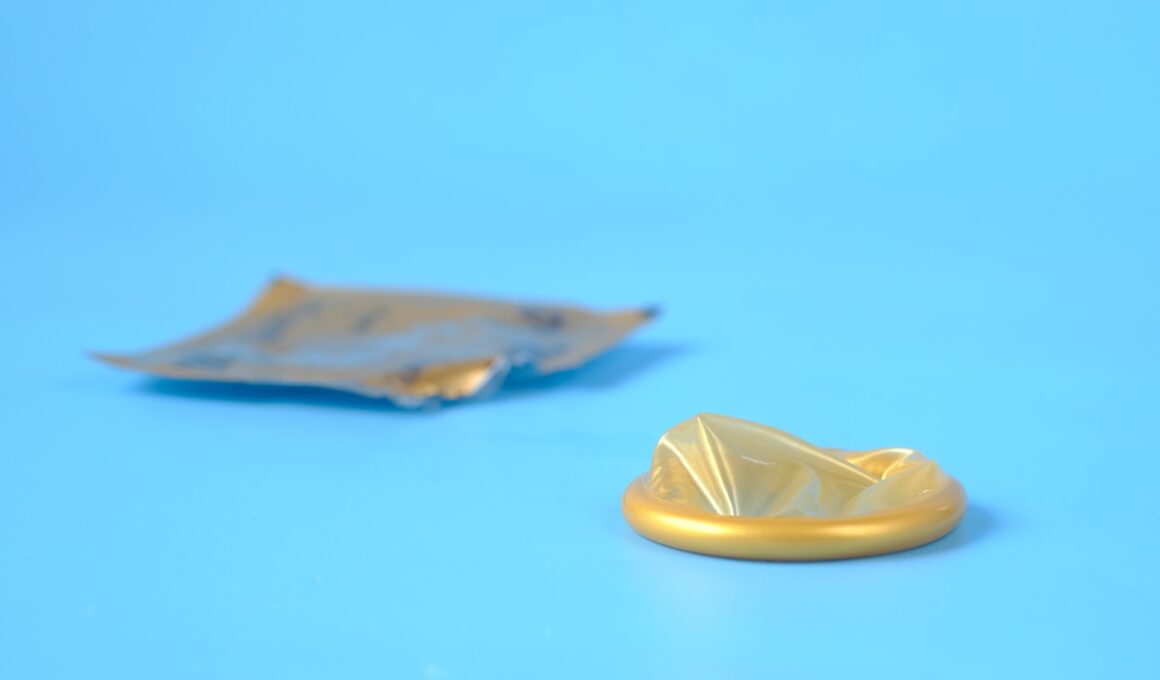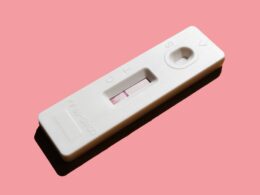There are many ways to prevent pregnancy and protect yourself from STIs. They vary in effectiveness, price and ease of use.
Hormonal birth control methods – like the pill, shot or ring – work by thickening the fluid at the opening to your uterus (womb). They also stop ovulation and change the lining of your womb.
Pills
There are lots of choices to make every day, from what to eat for breakfast to what route to take on your run. And there are decisions that are a lot bigger than that, like what birth control method to use. There are many different types of pills (or hormonal contraceptives) available. Some contain both estrogen and progestin, while others only have progestin.
Combined oral contraceptives—better known as the pill—are very effective at preventing pregnancy, but only when used correctly. They also protect against sexually transmitted infections (STIs).
You have to remember to take them at the same time each day, and you may get side effects like changes in your period, nausea or breast tenderness. You can also buy low-dose pills, which have less estrogen to avoid common side effects, while still maintaining effectiveness.
If you’re unsure what pill to choose, a healthcare professional can help. They’ll ask questions like how often you have sex and how comfortable you are using a pill, and then help you decide what kind of pill is right for you.
You can also buy an emergency contraceptive, called Plan B or Ella, to use if you’ve had unprotected sex. This should be taken as soon as possible after you have unprotected sex to prevent pregnancy, but it’ll only work for five days.
Patches
The contraceptive patch, also known as the Ortho Evra patch, is a 5 square-centimeter sticky patch that contains hormones (estrogen and progestin) that prevent pregnancy by stopping the ovaries from releasing an egg (ovulation). The hormones thicken the cervical mucus to stop sperm swimming in, and they thin the lining of the uterus so it’s hard for a fertilized egg to attach. It’s about 91 percent effective when used correctly.
When you get your first batch of patches, apply a new one on the same day each week for three weeks, then skip a patch during week 4. This is your start-up cycle. It’s important to stick to your schedule, because missing a patch can drop your protection by about 71 percent.
There is a small increased risk of blood clots with long-term use of the patch, but it’s lower than your risk while you’re pregnant. The risk is slightly higher in women who are overweight.
When you put on a new patch, gently peel away the clear plastic liner and half of the adhesive — don’t cut or touch the sticky surface. Fold the remaining adhesive in half with the sticky sides together, then throw it away — don’t flush it. The patch has a higher risk of causing a period in some women, so it’s best to have backup birth control ready.
Injections
Many hormonal birth control methods, including the pill, patch, and injection, can be up to 99% effective when used correctly. They work by blocking sperm from reaching an egg, and they can also cause changes to the uterus that make it less likely to get pregnant.
Some hormones in these methods can cause anemia, acne, and other side effects in some people. If you have any of these problems, it’s important to tell your doctor before you start taking a hormone.
The shot, which is called Depo-Provera, or “the birth control shot,” releases progestin into the bloodstream to stop your ovaries from releasing an egg each month and thickens the fluid around the opening of the cervix so that sperm can’t pass through. It is up to 99% effective when given on schedule.
This method is usually recommended for women who are at a higher risk of pregnancy, such as those who have a history of miscarriage or have certain health conditions. It doesn’t protect against STIs, so it’s a good idea to use a barrier method (like condoms) when having sex. Almost all forms of birth control can be used alongside barrier methods to help prevent STDs. This includes IUDs and implant-based methods, like Nexplanon and Mirena.
Implants
The birth control implant is a long-acting, reversible type of contraception. It prevents pregnancy by releasing progestogen into the body to thin the womb lining. It lasts for three years, and it is more than 99% effective. It is a great option for people who cannot use birth control that contains estrogen, like the contraceptive pill or vaginal ring.
It starts working right away if it is inserted during the first five days of a menstrual cycle. Otherwise, it takes up to seven days before the implant becomes effective. A person should use a backup method of birth control — like condoms — for the first week after getting an implant inserted.
Birth control implants are more convenient than other forms of hormonal birth control, such as the pill or the shot. They don’t need to be replaced daily or regularly, and they can be used without a partner’s agreement. In some studies, women who use implants report lighter periods and less painful menstrual bleeding than those who don’t.
As with other types of hormonal birth control, the implant can increase the risk for blood clots in the legs or lungs (pulmonary embolism). Talk to your doctor if you have a history of these problems. In addition, the implant is not a good option for women who are overweight or take certain medications, including herbal supplements and some medications for HIV and hepatitis C.









